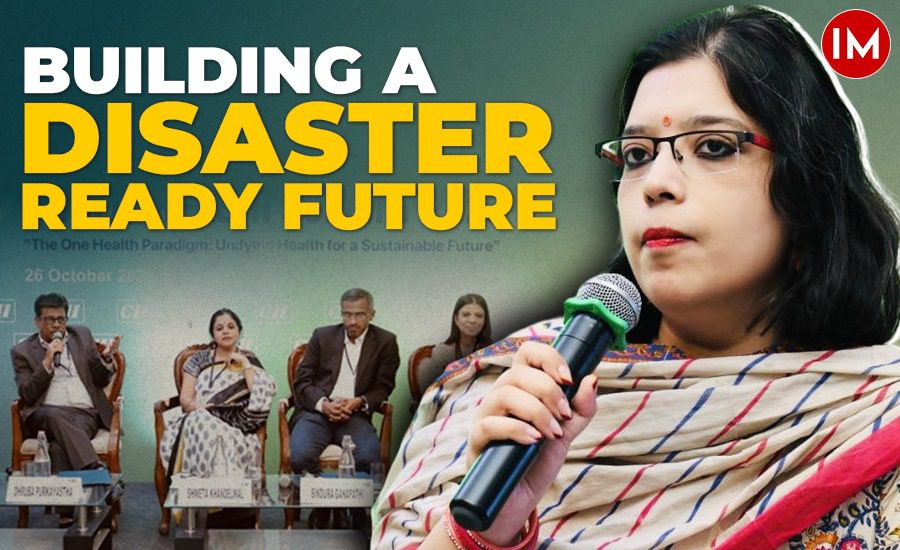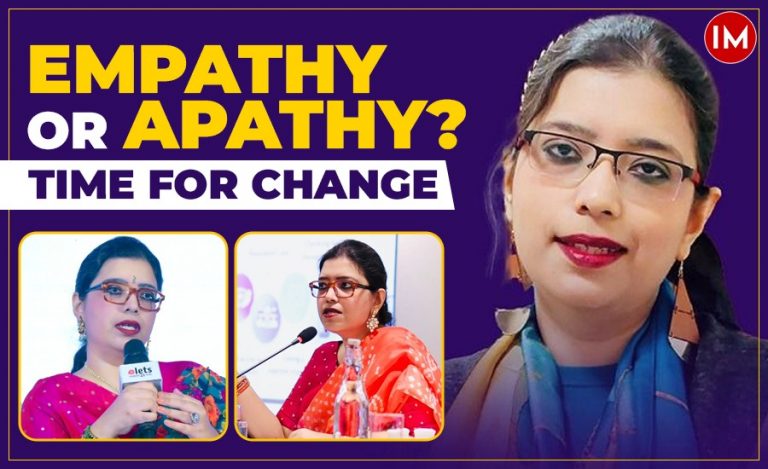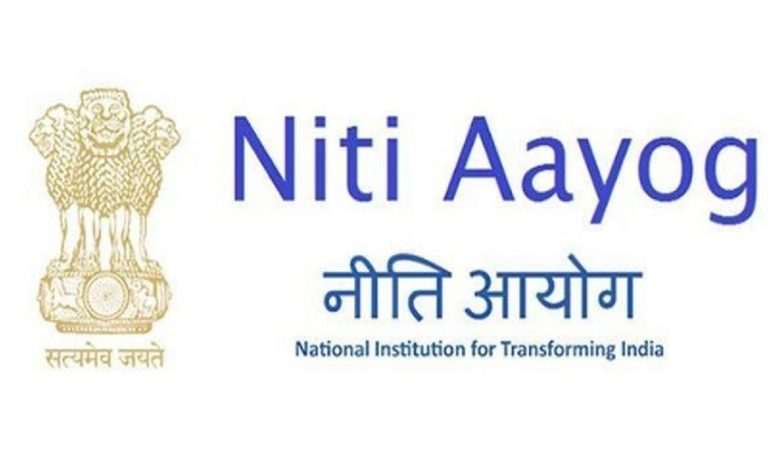In April 2024, over a period of just 48 hours, the skies above the United Arab Emirates (UAE) darkened and torrential storms washed away Dubai’s picturesque image. Approximately 25 cm of rain, roughly double the UAE’s annual average, poured down in a single day, submerging much of the city’s outdoor infrastructure. Undoubtedly, few contemporary cities globally would have been able to handle the magnitude of the downpour that struck Dubai on those days.
Bangkok and mainland South East Asia, including Myanmar, Lao PDR, and Cambodia, have been hit by scorching heatwaves, with temperatures consistently surpassing 40 degrees Celsius. Meanwhile, northern India is currently facing an intense heatwave, with parts of the capital, Delhi, recording a record-breaking temperature of 49.2 Celsius (120.5F). This marks the fifth heatwave in Delhi since March, 2024 and between March and May, the city has endured a total of five heatwaves, all of which have unleashed unprecedented high temperatures.
In comparison to Africa, a person residing in the Asia-Pacific region faces a significantly higher risk of encountering natural hazards, with the risk being four times greater. Furthermore, this risk is even more pronounced when compared to North America or Europe, as it is sixteen times higher. The region’s ‘riskscape’ is shaped not only by its inherent natural, biological, and environmental hazards but also by socio-economic vulnerabilities and the rapid pace of urbanisation. Over the past twenty years, more than half of the South Asian population, which amounts to approximately 750 million individuals, has been affected by one or more climate-related disasters.
Disaster risk management is no longer considered a specialised issue, but rather a crucial aspect of development in our current era. It is evident that investing in disaster and climate resilience is imperative if we are to achieve the Sustainable Development Goals by 2030. The Covid pandemic served as a stark reminder that disasters, whether biological or otherwise, can severely hinder development progress for decades.
India has made some significant accomplishments in this field. We have successfully reduced the loss of lives in certain types of disasters. Since the devastating Odisha Super Cyclone in 1999, we have managed to significantly decrease the number of cyclone-related fatalities. This is the result of an efficient end-to-end early warning and action system, through which communities, local governments, state governments, and the central government collaborate seamlessly to respond to imminent cyclones. Even amidst the challenges posed by COVID-19, our system effectively responded to the potential threat posed to vital assets, such as oxygen-producing units, during the cyclone. Although we may now take this system for granted, it is important to recognise that it is the outcome of years of dedicated efforts by numerous institutions and individuals.
India’s disaster management system has gained the trust and respect of citizens over the past fifteen years, especially in disaster response. The arrival of a National Disaster Response Force (NDRF) team brings immediate reassurance to communities affected by disasters. This trust has been earned through extensive efforts, including over 800 mock exercises conducted by the National Disaster Management Authority (NDMA) and the intensive training of NDRF personnel.
Furthermore, there is an increased awareness of disasters among the public, due to the information disseminated by NDMA and State Disaster Management Authorities (SDMAs), through various media channels. This has led to a more informed population, with local residents often being the first to raise early warnings. Urban areas are now starting to demand earthquake-resistant buildings.
In the last fifteen years, disaster risk management in the country has undergone professionalisation. More than twenty institutions now offer advanced degree programmes in disaster risk management, with other fields like engineering and social sciences incorporating related courses into their curriculum. This marks a significant change from the past, enabling the youth to pursue disaster risk management as a career and gain expertise in this critical field.
In an effort to enhance the safety of the nation from disasters, India is also embracing all forms of technology, regardless of their complexity or simplicity. Space-based technologies have been harnessed to monitor cyclones and various weather patterns, modern communication technology has been utilised to implement the Common Alerting Protocol (CAP), and advanced telemetry has been employed for flood forecasting.
Digital platforms now provide access to maps detailing all major natural hazards. Several states, such as Gujarat, Uttarakhand, and Himachal Pradesh, have created comprehensive disaster risk maps. Additionally, the National Cyclone Risk Mitigation Programme (NCRMP) has developed web-based tools for analysing disaster risks in coastal states. We now possess a wealth of critical information on disasters that can aid not only in disaster preparedness planning but also in shaping our investments in a manner that minimises risks from disasters.
Lastly, there is a heightened emphasis on building resilient infrastructure. The infrastructure projects we are undertaking have the potential to transform the landscape of our country. These are long-term investments, and it is imperative that these infrastructure systems are resilient to disasters and climate change in the long run. India is at the forefront of recognising the importance of disaster and climate-resilient infrastructure. Our proposal for a global Coalition for Disaster Resilient Infrastructure (CDRI) has garnered significant international backing. We are adopting an integrated approach towards both grey infrastructure — such as roads, bridges, airports, seaports, and railroads — and green infrastructure or nature-based solutions — like mangroves, wetlands, and water bodies — to steer our nation towards resilience.
According to CDRI’s inaugural Biennial Report, approximately 60% of the infrastructure required worldwide by 2050 is yet to be constructed. This presents both a challenge and an opportunity. Identifying a strong political and economic reason to increase investment in infrastructure resilience poses a significant challenge. However, the potential benefits are vast, including avoiding losses and damages, minimizing service disruptions, and promoting broader social, economic, and environmental advantages while reducing systemic risks.
The Government of India is actively engaged in developing strategies to climate-proof the nation’s transportation infrastructure, especially its road network. The Green National Highways Corridor Project (GNHCP), with a budget of USD 500 million, aims to incorporate resilient and environmentally friendly technology into national highways throughout the country. Two significant initiatives, Gati Shakti and the National Infrastructure Pipeline (NIP), highlight the importance of developing sustainable and resilient infrastructure by enhancing governance and stakeholder capacities.
India has championed the cause of disaster risk reduction at home and internationally. Besides establishing CDRI, India also constituted the first-ever G20 Working Group on Disaster Risk Reduction last year during its G20 presidency.
Going forward, the primary focus should be on enhancing the disaster risk capacities of our States and Union Territories. The NDMA should serve as a guiding force for the states. By embracing the recommendations of the 15th Finance Commission, the government has opened unprecedented opportunities for comprehensive action in the field of disaster management. We now have funding available for disaster mitigation and NDMA should make every effort to assist states in maximizing the utilization of these funds. It is imperative that high-risk districts in all states receive specialised support programmes for disaster mitigation.
NDMA must also closely collaborate with various development sectors such as health, education, water resources, power, and urban development, among others. Disasters do not occur in isolation; they impact different sectors and locations. The rapid expansion of urban areas and the emergence of SMART cities necessitate effective disaster risk mitigation planning. All aspects of disaster risk management, including recovery and reconstruction, mitigation, and social protection, should be pursued as integral components of public policy. Lastly, it is essential to adopt a forward-thinking approach towards technology. NDMA should thoroughly contemplate how emerging technologies can be utilised for disaster risk reduction.
Disclaimer: Views expressed are personal.



















